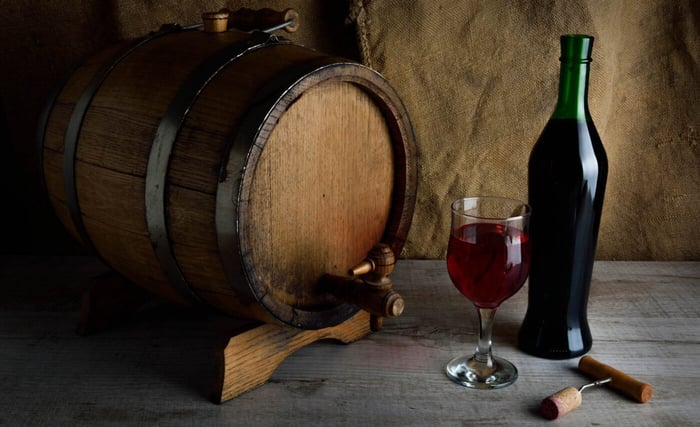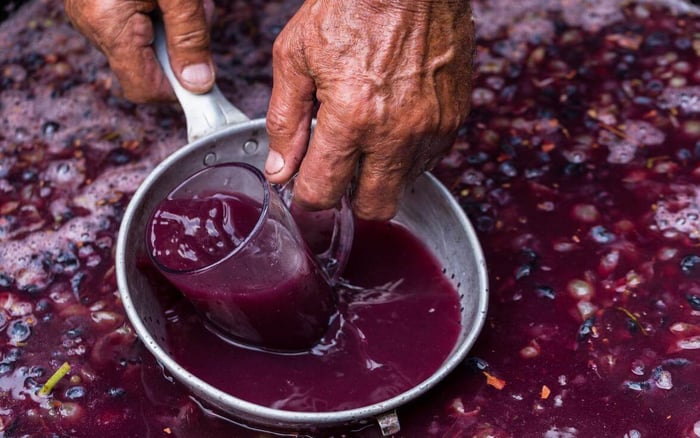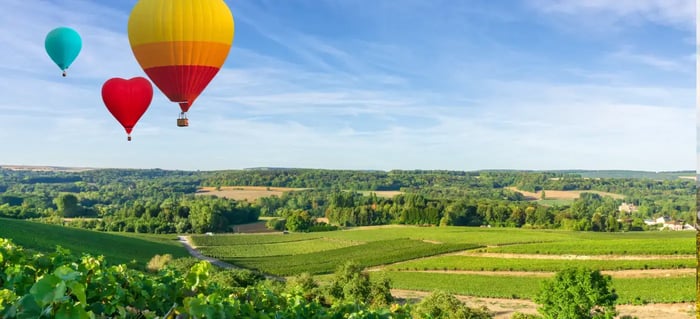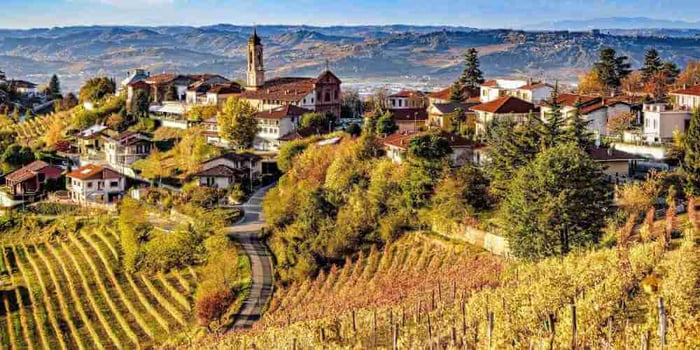Barrel aging is an important phase for the character and personality of great wines. It it the last step in making wine before bottling it and the aging process itself can have a profound influence on the flavors and complexity of the wine.
In fact, when the wine is left to rest in wooden containers, it undergoes an evolutionary maturation, in which the wood allows oxygen exchanges. This is how a wine evolves, enriching itself with tertiary aromas and structure and becoming softer and more balanced.
 Wood Barrel vs Steel Vat
Wood Barrel vs Steel Vat
On the other hand, if the wine is aged in steel or concrete vats, as it happens for most whites, we are faced with reductive aging (without oxygen). In this case, the wine retains its freshness and original aromatic profile.
It is good to note, however, that aging in cask is not recommended for all wines, but only for the more complex and structured ones. In fact, in simple and young wines, the influence of wood could overwhelm the character of the wine, while aromatic grapes can lose some of their varietal notes with aging in wood. This is why statistically, aging in oak cask is more common with red wines than whites.
HOW AGING IN OAK BARRELS CAN INFLUENCE A WINE
The effects that wood has on wine depend on a variety of factors: the size of the barrel, the time in which the wine remains in contact with the wood, the type of wood used, its toasting, and the number of passages.
In small barriques, the wine evolves faster than in big casks because the ratio between the surface of the wood and the volume of the wine is greater. Therefore the smaller the barrel, the greater the effect.
The impact of the barrel on the wine also depends on the number of times, or passages, in which a barrel has hosted a wine. A barrel provides 50% of the substances that can be released in the first passage. Therefore its influence on wine will be more decisive when it is new, while it will become increasingly weaker with the increase in the number of uses.
Among the types of wood most used for the production of barrels and barriques there is certainly oak, coming from various regions of France, the Balkans, and America. In addition to the quality of the wood, what influences the evolution of the wine is the toasting to which the barriques are subjected, which gives aromas of vanilla and caramel, spicy and smoky tones, and even animal scents. We have several wines that were aged in barrels available in our Barrel Aged Collection.
DIFFERENT EFFECTS ON RED AND WHITE WINES
Wine can react differently to wood depending on the color and varietal characteristics. From an organoleptic point of view, red wine tends to take on more garnet reflections with aging, while white turns towards more golden tones.

The refinement in small barrels determines an olfactory enrichment through the development of sweet spicy notes that unite both types of wine, such as vanilla, cloves and nutmeg. But in red wines barrel aging can also lead to the development of complex tertiary aromas such as smoke, chocolate, coffee, leather, and toasted notes.
Last but not least, wood aging also has the important role of softening the tannins in red wines, which does not happen in white wines that do not have them.
Barrel aging is just one part of the winemaking process, but it is an essential one. Aging wine in barrels allows flavors and aromas of the wine to develop their character and imparts (or reduces in some white wines) oxygen exchange and oak flavors. Wines vary, but can be aged for as little as a few years, all the way up to 20 years for some of the best red table wines. Before bottling, wines are blended to remove any further impurities, solids, or differences in the wine between barrels.
If you enjoyed this content, check out some of our other blogs below and check out some other wine basics here!
 Wood Barrel vs Steel Vat
Wood Barrel vs Steel Vat




